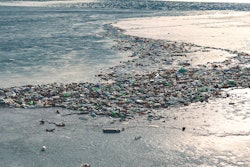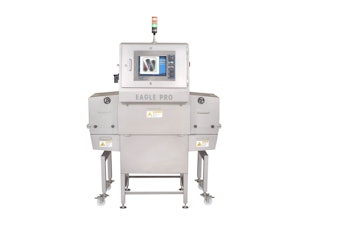Food waste is an ongoing issue which raises questions of food security and environmental health. The 2020 Tetra Pak Index global research study, COVID-19 and the Food Safety-Environment Dilemma, reiterates this dilemma: “Food waste accounts for around 8% of total global GHG emissions. To put it another way, if food waste were a country, it would be the world’s third largest emitter of emissions.” The study points out that better labeling practices and innovations in packaging to increase shelf life could minimize this waste.
The empty shelves and job insecurity caused by the pandemic have driven the issue of food waste into the minds of consumers. The Tetra Pak study states that one-third of food produced for human consumption goes to waste, and though 47% of global consumers believe that preventing food waste is an area where they can make a positive difference, they are turning to manufacturers for solutions.
The study shows that 70% of consumers want innovative solutions to protect food for longer, avoid waste, and maintain nutritional value. Confusion around expiry labels results in many consumers throwing away good food. Better labeling practices–such as simplified/clarified expiry dates, and communication through on-pack information or connected packages–and intelligent expiry labels to signal whether a food item is still safe to consume are the solution.
Additional efforts mentioned in the study to reduce food waste on the industrial level include:
- Rethinking testing techniques in the production process
- The Farm to Fork strategy that will set up actions to prevent food loss and waste, including legally binding targets for food waste reduction by 2023
- The Coalition of Action on Food Waste initiative launched by the Consumer Goods Forum which outlines goals to reach by 2030
Other articles you may be interested in:
Study Reveals New Consumer Attitudes
Challenges Amid a Pandemic
Food Industry Collaborates to Support New Era of Smarter Food Safety


























